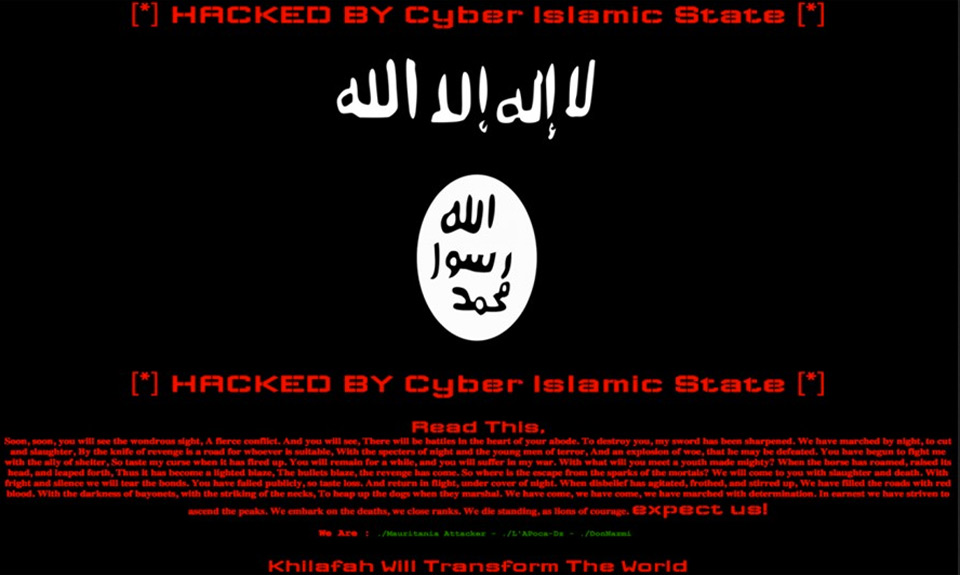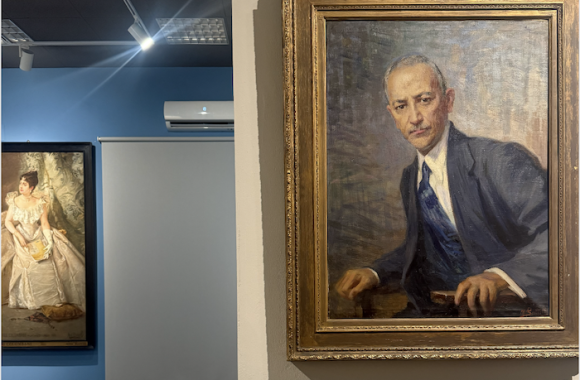It was the end of February last year when I published the first in depth report in Italy of ISIS communication techniques. Europe really only noticed the Islamic State and how dangerous it was during the Charlie Hebdo attack. It was at that moment that we realized this was a new phenomena and in the very heart of Europe. Apart from the numerous instant books which came out one after the other to satisfy our (presumed) desire to know, in other countries all of this had already been investigated for some time and in a serious scientific way.
That first work owes and owed much to the years of research and analysis undertaken by many people, particularly in northern Europe and North America. I specifically described it as a “collective” work and cited, among others, Oliver Roy, Dietrich Doner, Eben Moglen, Jeff Pietra, J:M: Berger, Scott Sanford, the generous Will McCants and Clint Watts, the extraordinary Nico Prucha, Rudiger Lohlker, Leah Farrall, Aaron Y Zelin and Peter Neumannal.
The report ended with a quotation by Elham Manea, one of the most courageous and brilliant voices of contemporary Islam who wrote, “ The truth that cannot be denied is that ISIS has studied in our schools, prayed in our mosques, heard our media and the sermons of our religious leaders, read our books and our sources and has followed the fatwa that we have produced. It would be easy to continue to insist that ISIS doesn’t follow the correct precepts of Islam. It would be very easy. Yet, I am convinced that Islam is what we humans make it to be. Every religion can be a message of love or a sword of hatred in the hands of the people who believe in it”.
Since that first report research has gone on and while one group of people has worked to keep track of and analyze the mass of constantly growing propaganda materials, others have concentrated on the study of particular aspects which, with last month’s Paris attacks , have become tragically central and relevant.
This e-book begins with four sections updating ISIS online (but not only) communications in the light of the military and geopolitical developments of recent months and many newly revealed and collected documents.
The next question we posed is relatively simple and based on certain facts: the extraordinary network system of activists and supporters, the existence of a real global network, their knowledge of sophisticated cryptographic systems, the know-how of the Syrian Electronic Army(one of the world’s best hacker networks) and the many connected networks we have tried to map.
We wondered how, propaganda apart, this network could be used for specific purposes such as financing overseas cells, moving money and logistical organization.
The enquiry which follows recounts what I discovered and the significant links which exist with counterfeiting and money laundering at a global level.
As I specified, “ in this public version of my enquiry I have deliberately omitted certain passages. The aim of my investigation is to describe and help to explain a phenomena and a method (one of the methods) of financing and above all of transferring money which is difficult to trace. In no sense do I want it to be a manual, or an invitation to “do it yourself”. The other reason for omission is to protect certain information and active contacts and to preserve the investigative work of those responsible for national and international security who have been given full access to the unabridged results.
For these reasons the contacts, email exchanges, accounts and phone numbers are not given, just as they are obscured in the images attached.
First part
The media strategy of the self-styled “Islamic State” is both effective and successful. Their professional use of social media has allowed ISIS to project a coherent image of its world while at the same time resisting “alternative narratives” against the group. Videos are published on an almost daily basis as, in addition to the execution videos, the group produces real films designed to demonstrate the state-like nature of the organization and the reconstruction of its infrastructures.
Continue reading…
Second part
What ISIS is undertaking, not only militarily, but above all from a communication perspective, is a real war for hegemony and identity: what exactly does it mean to be a Sunni Muslim in times of war and sectarianism?
Continue reading…
Third part
In June 2014 the “Islamic State” managed to occupy in a sort of blitzkrieg a large territory and its principle cities in the Sunni Arab strongholds of Syria and Iraq which they renamed the “Caliphate”.
Continue reading…
Fourth part
Although al-Qaeda tried for years to eradicate borders, while ISIS achieved this objective in only a few months, the theoretical framework within which ISIS works was provided by AQ, alongside a regular narrative in its English tabloid ”Dabiq” together with the videos in Arabic, English, Spanish etc.
Continue reading…
ISIS cyberwar





One thought on “ISIS cyberwar”
Comments are closed.